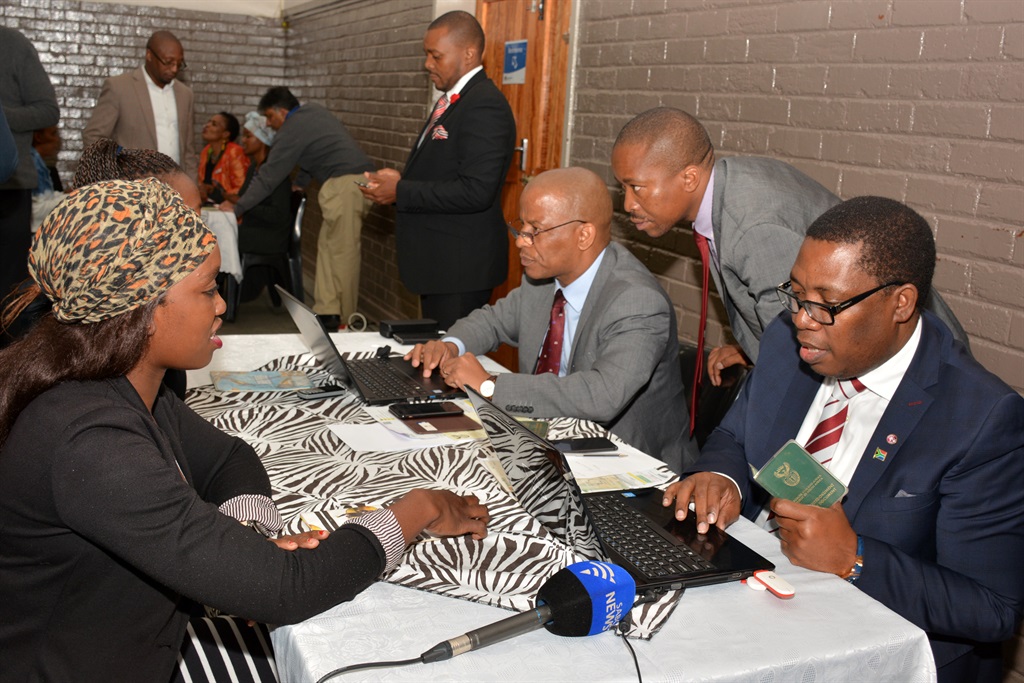
School admission policies play an important and transformational role in South African education.
Unfortunately, they are often used for gatekeeping, restricting access to certain schools and entrenching apartheid-era education inequalities.
This is particularly true where school feeder zones (the geographical area from which a school admits learners) are determined around wealthier schools or former Model C schools.
When feeder zones for these public schools are based on whether a learner’s parents live or work in the area directly surrounding a school, admission opportunities for those from historically disadvantaged areas become limited.
So, despite formal desegregation, the legacy of apartheid spatial planning persists.
A report commissioned by the Gauteng Department of Education (GDE) in 2014 noted that “schools that suffered historical disadvantage in the apartheid era continue to underperform in the system”, and that “the majority of dysfunctional schools in South Africa are in the rural areas, former homelands and townships”.
This disparity in quality directly affects learner outcomes: in 2014, the matric pass rate in no-fee schools (which tend to be in poorer neighbourhoods) was 12% lower than the pass rate in fee-paying schools (which tend to be in wealthier neighbourhoods).
It is unsurprising then that where families are able, they do everything possible to buy homes in suburbs close to good schools.
In a recent Sunday Times report, a family in the Western Cape took the drastic step of moving to a smaller home, just a few kilometres from their previous residence.
The family moved purely in the hope of securing a place for their child in a pre-primary school that is a feeder to Rondebosch Boys’ Preparatory School.
Some schools in the Western Cape determine their own feeder zones through their admission policies.
The parent told the paper: “I didn’t have to move but my son’s place is not guaranteed unless I am in the catchment zone.”
For parents and children unable to move to wealthier suburbs, the cycle of unequal access to quality education has continued.
Learners from historically disadvantaged areas still have to contend with the reality of poor quality education at their schools, and are often faced with poor school infrastructure, inadequate resources such as textbooks and unsafe school environments.
As the Constitutional Court has noted “[g]enerations of children born and yet to be born will suffer the consequences of poverty, of malnutrition, of homelessness, of illiteracy and disempowerment generated and sustained by the institutions of apartheid …”
But there are ways to break the cycle.
In 2016, in a case involving the GDE, Equal Education, an activist movement for quality education, made submissions to the Constitutional Court (as a friend of the court), highlighting that feeder zones based solely on one’s home or work address perpetuate unequal access to education.
In that case, and in his final judgment at the Constitutional Court, former Deputy Chief Justice Dikgang Moseneke affirmed the constitutional imperative of redressing inequality in the education system: “[P]ublic schools are not rarefied spaces only for the bright, well-mannered and financially well-heeled learners. They are public assets which must advance not only the parochial interest of their immediate learners but may, by law, also be required to help achieve universal and non-discriminatory access to education.”
Following that judgment, the GDE has taken active steps towards reimagining spatial justice and equity in education.
In August 2018, it published draft amendments to regulations which specifically require that geographical and spatial transformation be considered in the determination of feeder zones.
Once the amendments are finalised, the use of a 5km radius as the criterion for the determination of feeder zones will fall away, expanding access to learners who would otherwise not have been considered for admission to some schools.
In our submission, we have highlighted areas for improvement in relation to the proposed amendments, but the GDE’s shift on the question of feeder zones signals a breakthrough approach which should be welcomed.
At the same time, it is essential that the department urgently establish interventions to address factors contributing to poor quality education, which predominantly affect learners in historically disadvantaged areas.
While the push to improve the quality of education provisioning in historically dispossessed areas must continue, the approach proposed by the GDE is an important recognition that quality education should not be the preserve of “financially well-heeled learners”.
When will other provinces follow suit?
Ally is the executive director of the Equal Education Law Centre and Burken is a researcher at Equal Education




 Publications
Publications
 Partners
Partners








